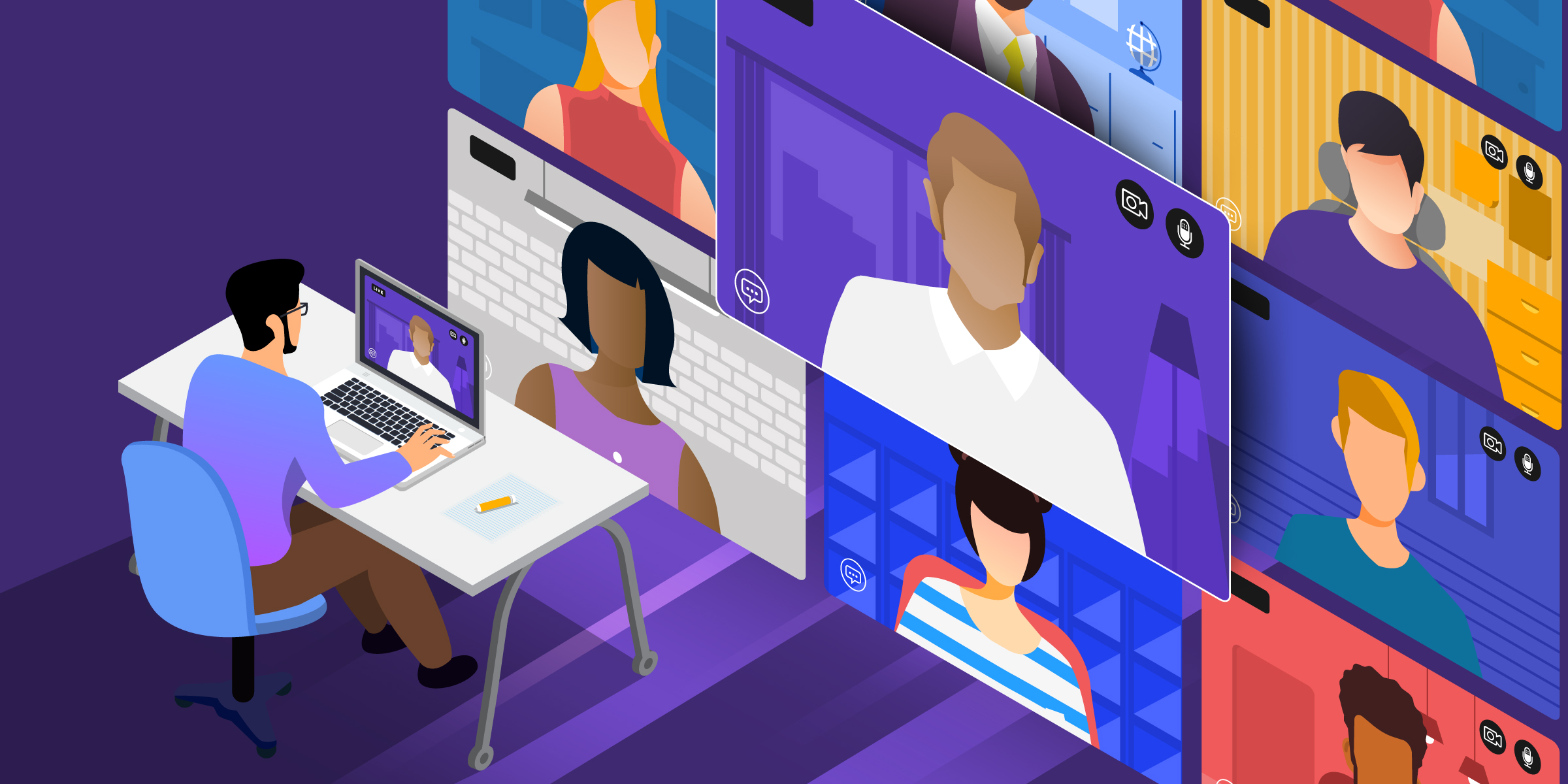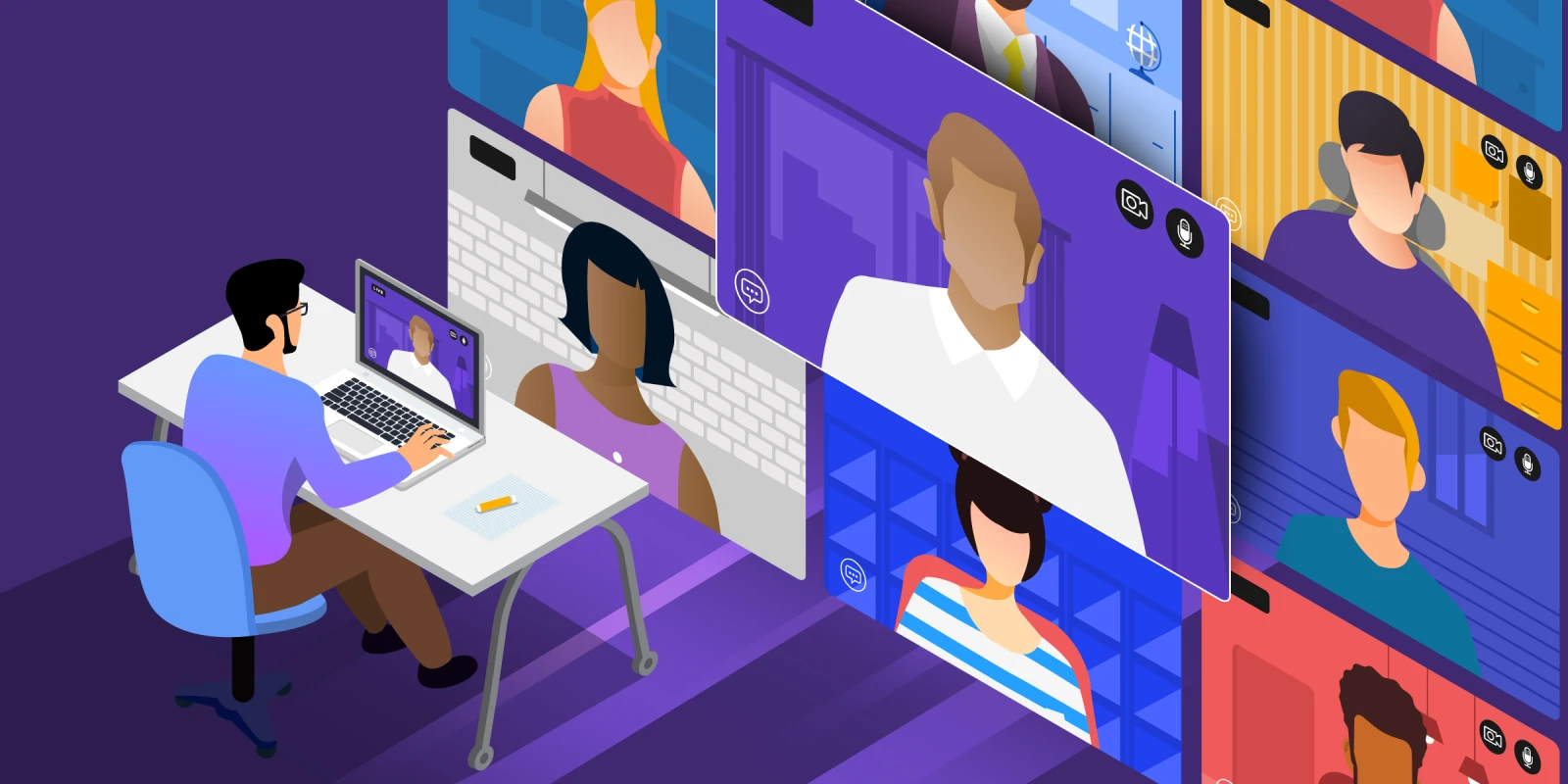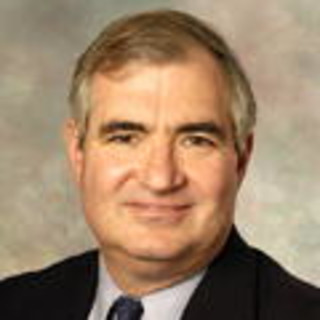
The COVID-19 pandemic has changed so much in the way we conduct our daily business and how we approach our mutual safety. The SAGES 2020 surgical spring week was no exception. With the spread of the COVID-19 virus beginning last December, just about every live academic event since March has either been canceled, moved, or gone virtual. Once the April date in Cleveland was not viable, a live meeting was actually scheduled for August. Unfortunately, that was not possible either. SAGES responded to the challenge, pivoted for a second time, and put on the virtual meeting. What this entailed was making some stark decisions about what could actually be presented in three days, who would still be available to speak, and developing the logistics platform for getting it all together on the fly — and as first timers. A massive note of thanks to the program chairs and the SAGES team who had to plan not one but three programs!
I would like to share my perspective as a SAGES member since 1987, past president (2010–11), Program Chair (2007), Development Chair, Technology Chair and most importantly, a regular meeting attendee for 30 years. What did we gain and what did we lose?
Like many aspects of our virtual life, the pandemic has accelerated certain technologies that we will probably never completely retreat from. We have had to become comfortable with our video platform and recording technology. For those who turned in their presentations on video, the ability to keep a session on time was actually unparalleled. Having done two videos and a live session, I can see the advantages.
My first pass at a talk was five minutes too long and not blooper free. I got in a rhythm of using Zoom as my recording source and every time I made a mistake, I clapped my hands and went back to start just that slide over. From there it was a simple matter to transfer the video over to my favorite digital video editor, chop out the bad parts, cut out the wasted space, delete an unnecessary section, and produce on time presentation. (Maybe for the first time). I enjoyed being able to check in with the sessions and pick out the talks I really was interested in and skip the others. That was a real timesaver or in the vernacular of our medical students “a high-value experience.” I also loved the digital poster sessions and even though printed posters have not been part of the SAGES meeting for a few years – instead they are projected digitally in a loop — it has been a long time since I have looked at every poster. This year I did and I loved the opportunity to immediately tweet out a few or send a link by email on an interesting topic. That I want to keep. It was fun to try out the virtual social hours and catch up with a few friends. With the live sessions being in the evening, I buckled down for four hours of hard-core SAGES. I enjoyed seeing some questions that I could respond to in the webinar as a live panelist.
The website was easy to navigate and I could find what I was looking for without too much trouble. The team did a really good job of getting the live talks posted in case somebody was late getting home from work, needed to put family time first, or had other simultaneous commitments. It’s hard running a meeting across multiple times zones. All in all they were more than 2,000 registrants. The meeting will be like a gift that keeps on giving and folks can catch up on their CME for the next several months. I would keep that as well.
At the end of the three days, I asked myself, "How do I feel compared to how I usually feel at the end of a SAGES meeting? Should we give up on live meetings do everything virtually? This year's meeting was a response to a crisis and a job really well done, but would I trade that for the real thing?"
I think it all depends on why somebody goes to a meeting. If you follow the old saying, “The worst place to have a meeting is in your own city because nobody treats you as if you were away." That concept was certainly true. I started the week with all kinds of white space in my schedule, which immediately disappeared. I think if one was simply trying to catch up on CME, doing this meeting virtually would be perfect and incredibly efficient, a “high-value” use of time. Some of the most interesting talks I’ve ever seen were actually sandwiched in between two talks that I was actually checking off my book not to miss. We are all making do in the pandemic so no complaints, but truthfully it was sort of like watching the Democratic National Convention. I tried to fathom the difference between watching the talks and what they would’ve been like in front of a live audience. The absence of feedback, the loss of a palpable energy around the room when a great talk is as being delivered, cannot be reproduced on a video platform. I’ve seen some great talks of these last two weeks and one of the things that always seem to be true was the post-talk awkwardness. When the talk is over and there’s nobody in the room, what’s the speaker supposed to do? They all seemed to be at a loss. (Academic) presentation is a type of performance, the applause its own reward. The questions from the crowd are incredibly stimulating. I would hate to lose that.
I suppose there’s a lot of other reasons for both the presenters and the attendees to come to a live meeting. In my opinion, virtual meetings do not create the kind of camaraderie that seems to happen when people actually get together. One of my sons is in the workforce and has gone totally virtual.There is no doubt that he feels that the team cohesion is hard to achieve/maintain. I think this is particularly true for younger people, despite being in the Internet generation. If you’re trying to meet people, make connections, or further career opportunities, a real human connection is hard to beat. Catching up with people that I’ve known for 30 years was not so hard.
Finally, physicians and other providers work hard. We are on the front line. As of this writing more than 900 health care worker deaths have been recorded. Even before the pandemic, there has been a suicide every day in the physician workforce. This must not be ignored for the sake of efficiency. We need time to feed our professional soul with activities other than one more clinic patient or one more case. Getting away with our friends and family is crucial to our mental health, but getting away professionally is important, too. SAGES has been one of my professional homes for three decades and personally, I look forward to seeing many of you in Las Vegas next year, God willing.







